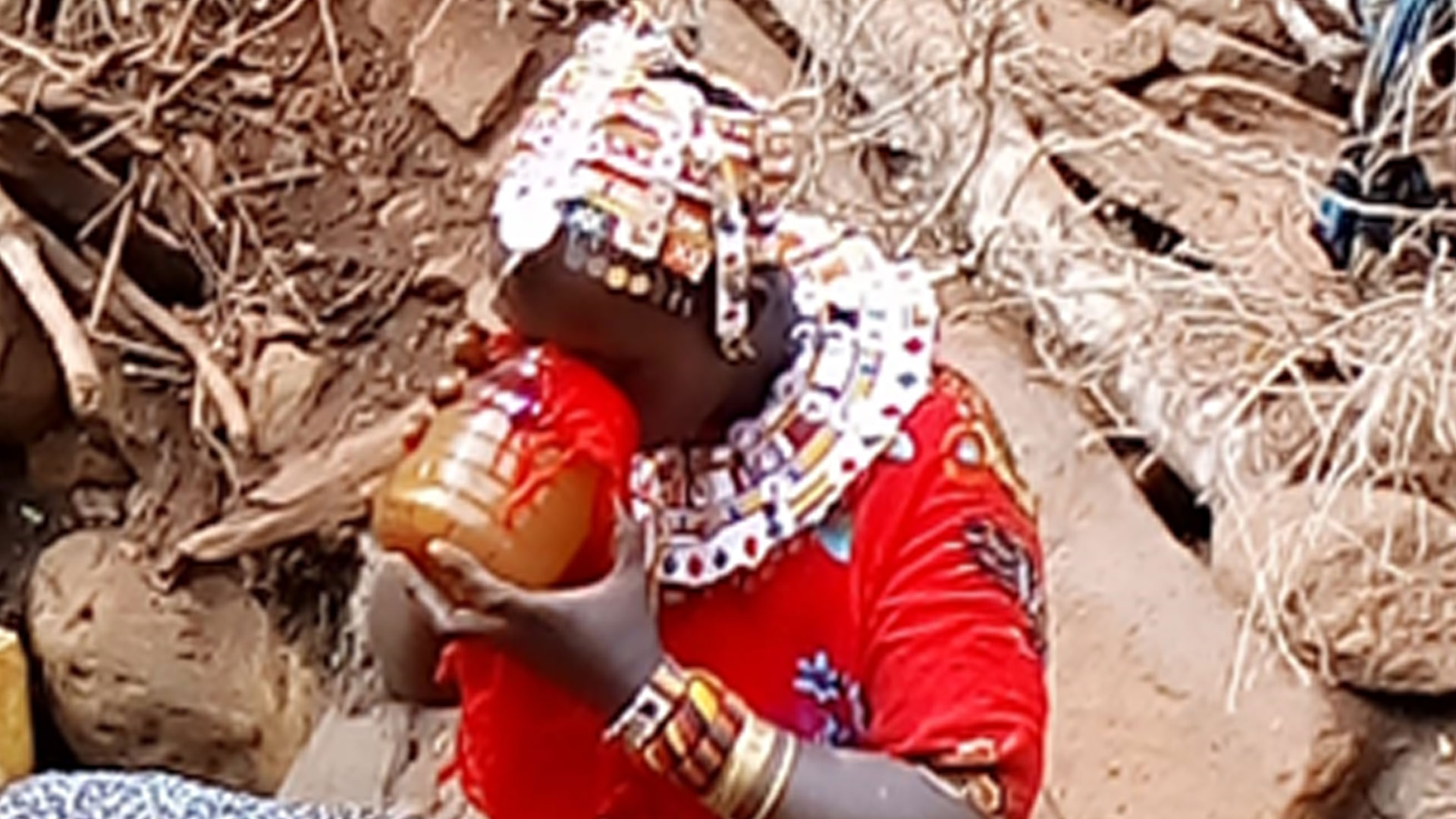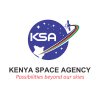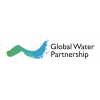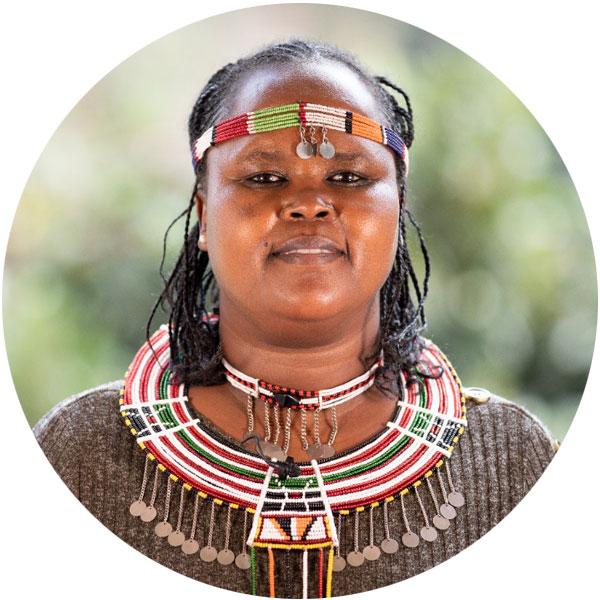Kenya
Related Content
Article
Event
Local Perspectives Case Studies
Map
Click on any of the highlighted countries to retrieve further information.
Stakeholder
University of Zimbabwe: Department of Construction and Civil Engineering
The Department of Construction and Civil Engineering at the University of Zimbabwe is one of the 8 departments in the Faculty of Engineering and Built Environment.The department is already a major center for water and sanitation engineering through its MSc programmes which have produced graduates from eastern and southern Africa. The department also boasts of soil and material and timber research facilities which can be used to benefit the country at large.
Person

Erick Villah Okeyo
Space Communicator Kenya Space Agency
Erick Okeyo is a seasoned Space communications specialist, with over a decade of experience within the space industry. In his capacity at the Kenya Space Agency, Erick's primary responsibility involves distilling complex scientific and IT concepts from his organization and devising strategic methods to effectively communicate this information to diverse audiences, both domestically and internationally.

Viola Kemunto Orina
Geo-information and Data Engineer Kenya Space Agency
Viola Orina's experience at the Kenya Space Agency directly aligns with the thematic focus of the upcoming conference on "Space Technology for Water Management." Having been involved in projects centered around the practical application of space technology, particularly in monitoring water extents using satellite imagery and remote sensing techniques, Viola brings an understanding of the regional dynamics, challenges, and opportunities pertaining to water resources.

Felix Kasiti
PhD Researcher University of Stirling
Space-based Solution
Rainwater harvesting in Samburu County – in development
Suggested solution
Rainwater harvesting is a crucial solution for water scarcity in semi-arid countries like Kenya. Kenya’s arid and semi-arid lands (ASALs) cover 80% of its territory, making rainwater harvesting essential. There are various reasons why this approach can be beneficial in Samburu County.
































